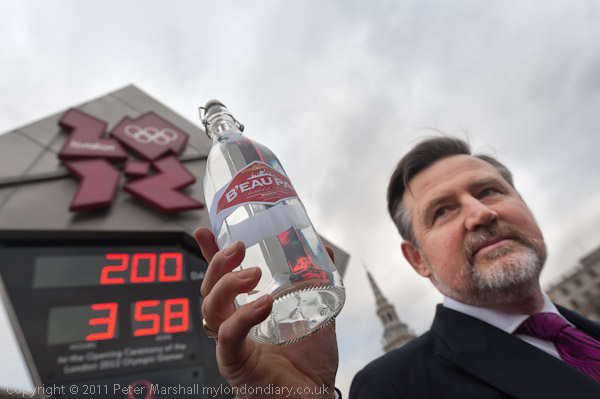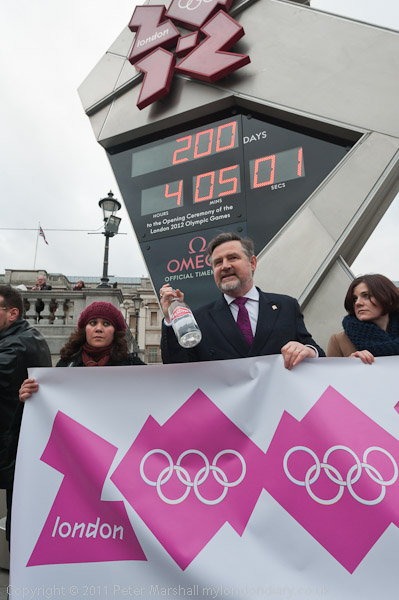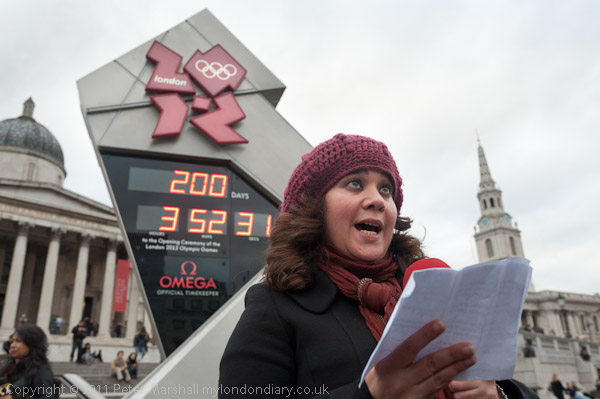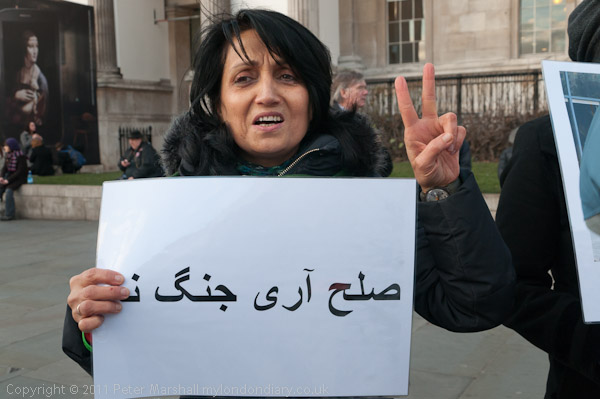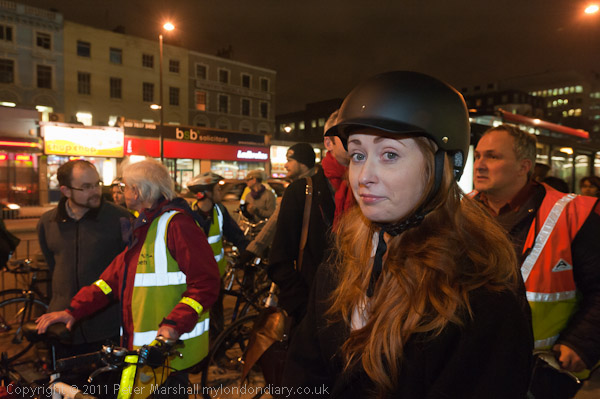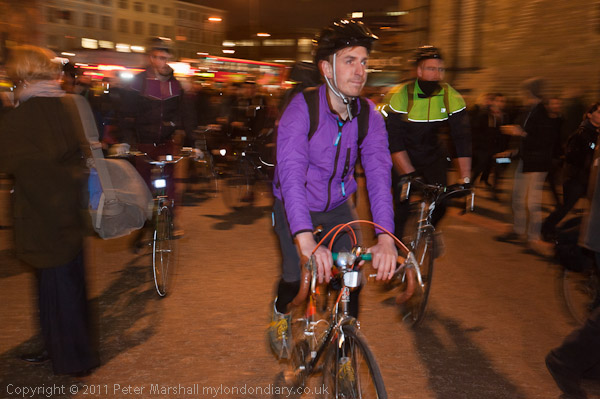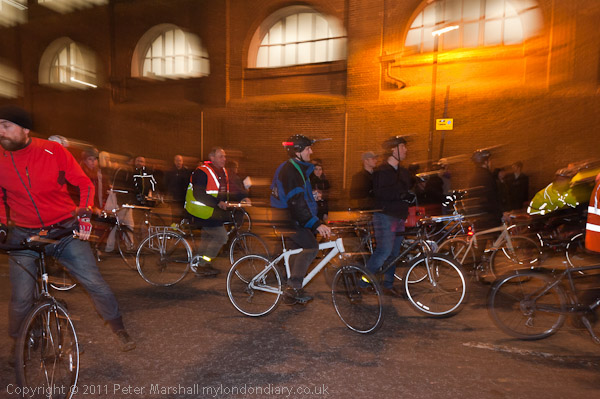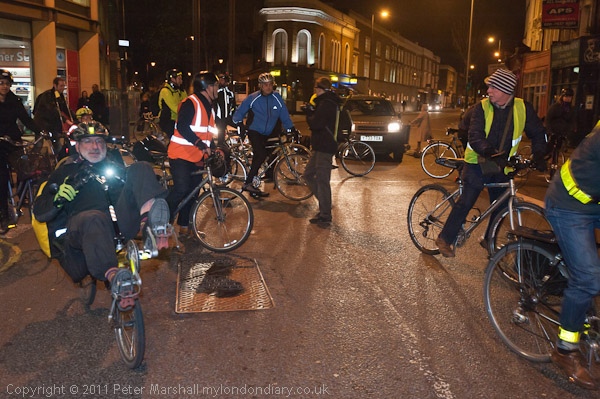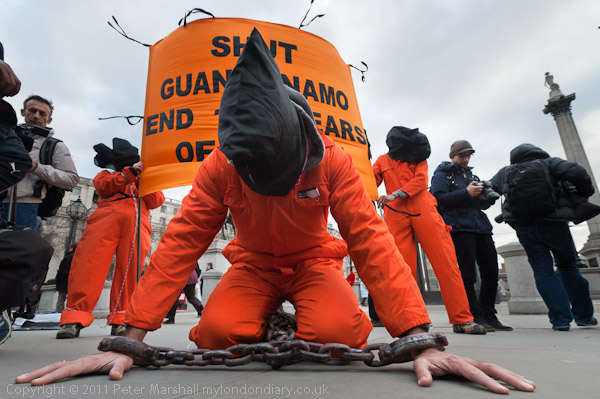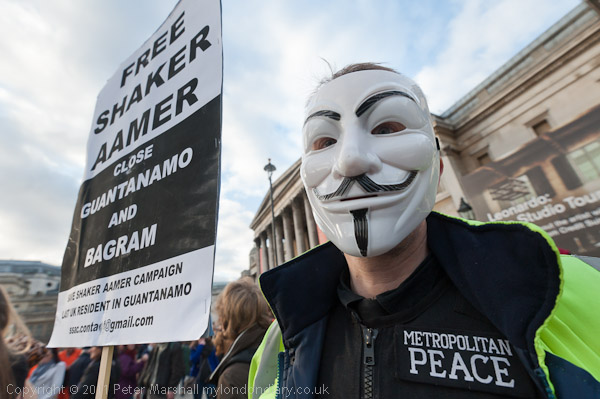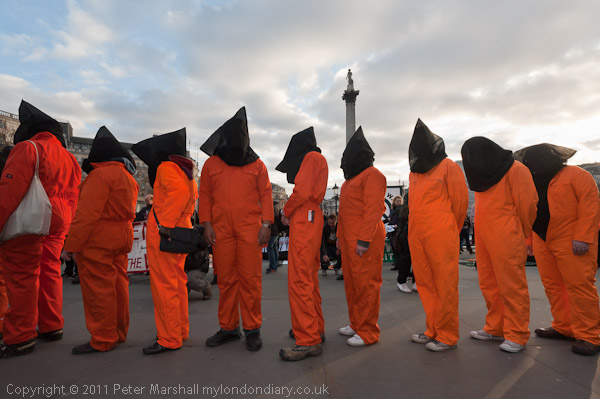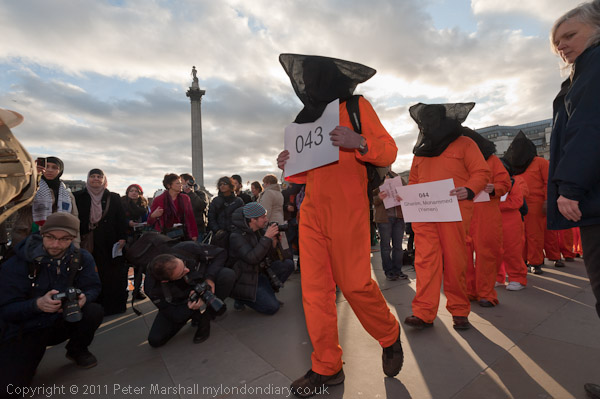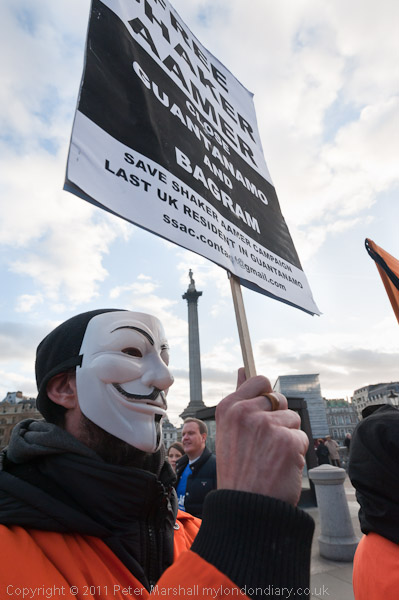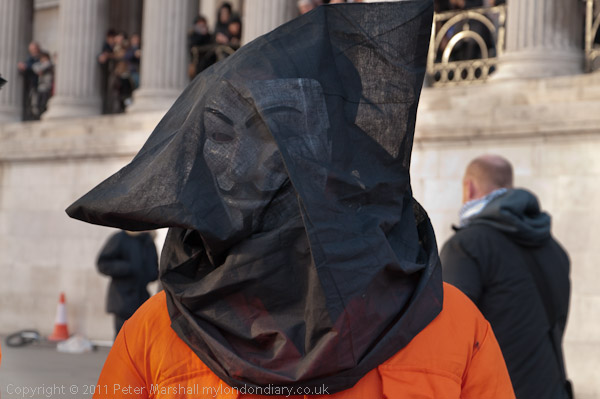
On a bitter cold but bright and sunny winter day in February 1978 I made the short trip of around 5 miles – a short journey on a suburban train and a few minutes walk – to take photographs on a public housing estate there. I’d often seen it from the train on my way into London, but had never stopped to visit before.
I’d known the area a little before and had family links. My mother had grown up in a house around half a mile away and her father had owned a shop on the nearby High St and later had been a market gardener just on the other side of the railway line. When I took these pictures one of his orchards was still visible, more or less surrounded by another recent housing estate, to the other side of the railway, and I had uncles and aunts who lived a short walk away.
Part of the reason for going to take these pictures was that I knew the estate was going to be redeveloped. Built I think in the early 60s it had been thrown up on the cheap using prefabricated units, and then used to rehouse ‘problem families’ because few people wanted to move out to Feltham. The area soon gained a terrible reputation, and became one to avoid.
A few years after I took these pictures, I went back to an adjoining area that was still standing, locked my bike to a lamp post and walked across the road to take a picture. As I turned around to do so I saw that already a small kid, perhaps around 8, was already hunting around inside the pannier I’d left on the bike, and I had to run back across the road and chase him away. I wasn’t that surprised.
Looking back at my contact sheet, these pictures were virtually all I made there, along with a few very minor variants and one rather weaker overall view. Perhaps my favourite image was that at the top of this post, very much a graphic exercise in dividing the rectangular space into smaller rectangles. It made those relatively small concrete slabs, perhaps each only around 2.5- 3 metres high, look immense, an effect I sometimes intensified by cropping the top and right of the image to remove the top and right edges of that top right block, so that you could imagine them continuing for ever.
The feeling of immensity in part came from the framing and the position of the small windows of a distant building in the middle of the image, but also I think the path in the grass at the bottom played an important part. It was a kind of indicator of an absent human presence, but somehow one on which the figure my imagination supplied walking along it would actually be rather small.
It was an image I used in a small portfolio of my pictures published in a small magazine that year, and also in a couple of magazines, as well as on the poster for a group show on urban life a couple of years later.

This picture makes the estate feel a much friendlier place, although when I was taking it I thought of it very much as showing the estate as a cage, a prison for its inhabitants, this doesn’t really come across. Perhaps the neatness of the paths and those net curtains make it look too cosy. It’s also perhaps an image that reads too clearly in terms of space with the clear layout of the paths on the grass.
It somehow lacks the sinister which I felt I found in the next two images, both of which were for me visually dominated by that loop of rope at the top of the central post. I could only see it as a noose.

There was not of course a body hanging from it. But I did find it spatially more interesting, and there was a kind of resonance set up within the image (at least for me) between visualising it in two or three dimensions. Almost as if those buildings were actually hanging on the foreground post rather than some distance behind.

I tried to play a little more with that effect, moving slightly so that the post lined up more closely with the edge of both of the blocks, taking away the three-dimensional clue of the top corner of these cuboids, reducing them to quadrilaterals hanging from the post, like some odd signs.
It’s certainly a mistake to show both, because I think it reduces that effect. But I also rather like the first attempt, with the empty concrete rectangle at its centre split into two by the black line.
________________________________________________________
My London Diary : Buildings of London : River Lea/Lee Valley : London’s Industrial Heritage
All photographs on this and my other sites, unless otherwise stated are by Peter Marshall and are available for reproduction or can be bought as prints.
To order prints or reproduce images
________________________________________________________

